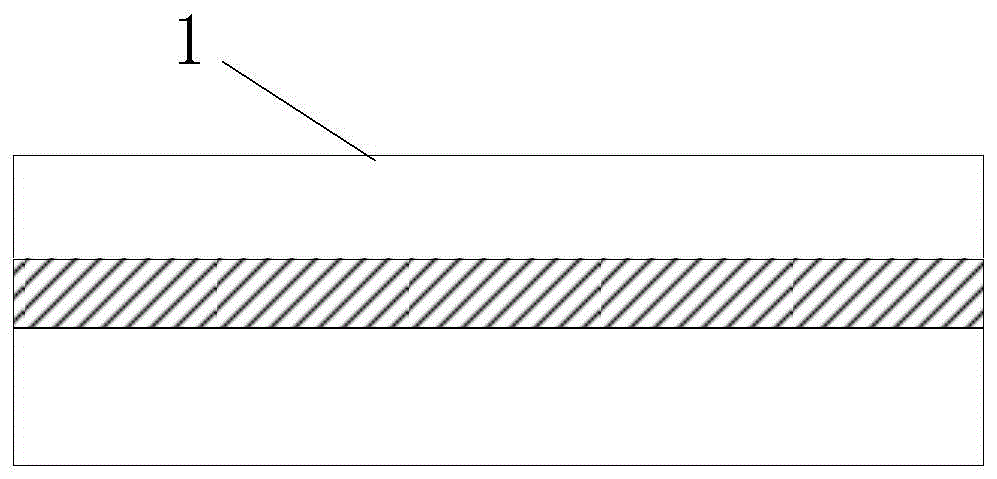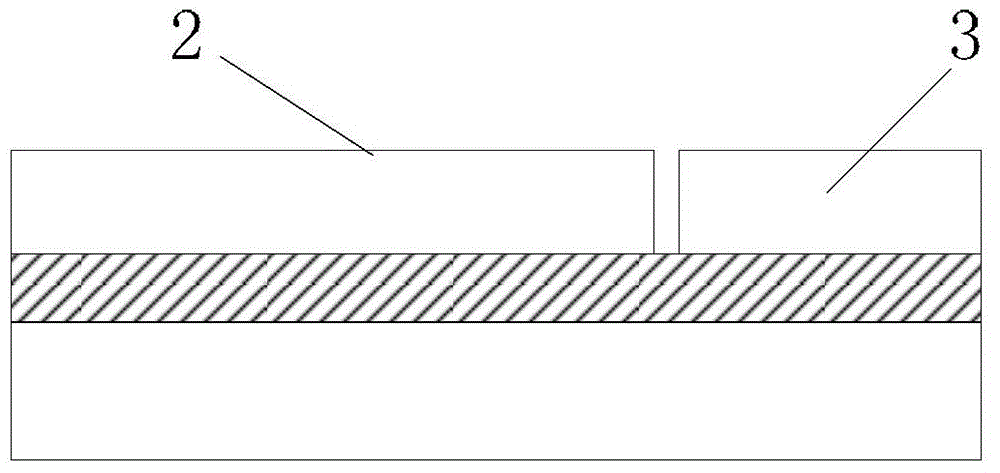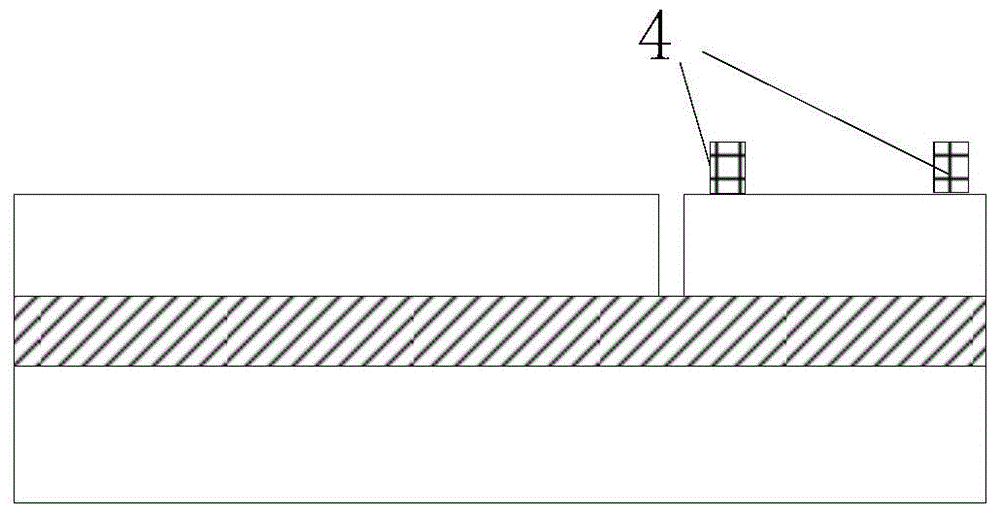Method for detecting roughness of etched side walls through capacitance changes
A technology of sidewall roughness and capacitance change, which is applied in the field of ion etching technology, can solve the problem of inability to directly reflect the influence of sidewall roughness on the electrical properties of devices, the inability to accurately predict sidewall roughness, and the difficulty of changing sidewall roughness, etc. Problems, to avoid electrical fatigue, easy to operate, easy to achieve the effect
- Summary
- Abstract
- Description
- Claims
- Application Information
AI Technical Summary
Problems solved by technology
Method used
Image
Examples
Embodiment 1
[0040] The method for detecting the roughness of the etched side wall by using the capacitance change in this embodiment is specifically implemented as follows: Figure 1(a) ~ Figure 1(g) As shown, the specific description is as follows:
[0041] 1. Preparation: SOI substrate 1 is used as the substrate of the chip, as shown in FIG. 1( a ).
[0042] 2. Use MEMS process photolithography on the substrate to define the detection area 3, and use the etching process to isolate the detection area 3 and the functional area 2, including: DRIE Si As shown in Figure 1(b).
[0043] The etching depth value is the thickness of the silicon layer on the front side of the SOI silicon wafer, and the front side silicon layer is etched through the etching process to realize the electrical insulation between the detection area 3 and the functional area 2 .
[0044] That is to say, in the present invention, the functional area and the detection area of the device are isolated by the buried oxi...
PUM
 Login to View More
Login to View More Abstract
Description
Claims
Application Information
 Login to View More
Login to View More - R&D
- Intellectual Property
- Life Sciences
- Materials
- Tech Scout
- Unparalleled Data Quality
- Higher Quality Content
- 60% Fewer Hallucinations
Browse by: Latest US Patents, China's latest patents, Technical Efficacy Thesaurus, Application Domain, Technology Topic, Popular Technical Reports.
© 2025 PatSnap. All rights reserved.Legal|Privacy policy|Modern Slavery Act Transparency Statement|Sitemap|About US| Contact US: help@patsnap.com



